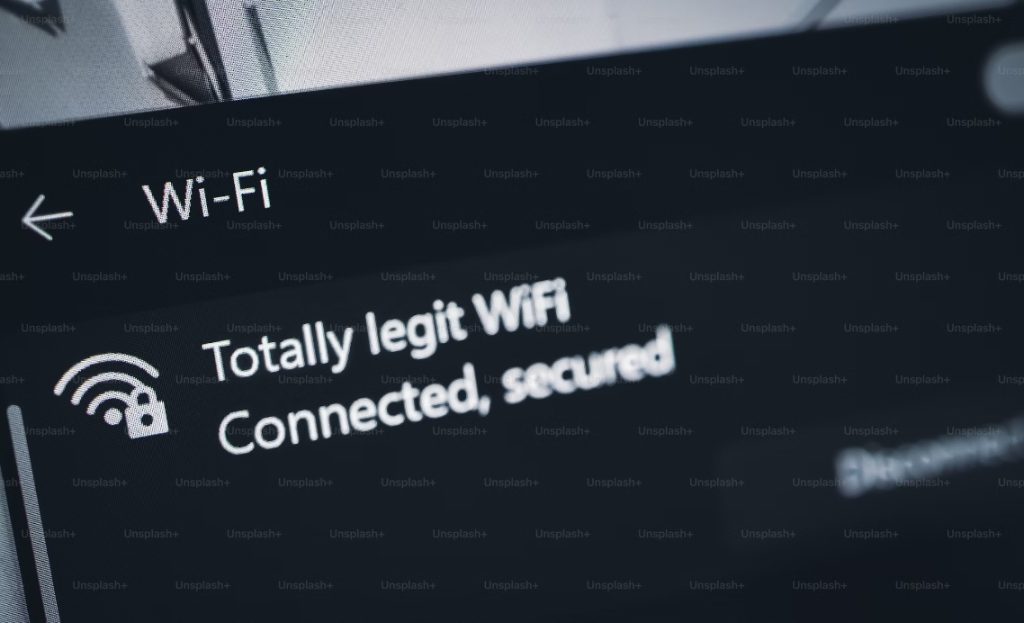In the dynamic realm of technology, prioritizing the WiFi Security of your network is crucial. This comprehensive guide covers everything from updating your WiFi password to incorporating advanced security protocols, providing you with the insights needed to strengthen your wireless connections. Let’s delve into the fundamental steps for changing your WiFi password and delve into some cutting-edge security precautions.

Contents
How to Change Your WiFi Password to enhance WiFi Security
Step 1: Access Your Router Settings
Open your web browser and enter the router’s IP address (usually 192.168.1.1, check your router manual for specifics). Log in using the default credentials (admin) or the modified ones if you’ve personalized them.
Within the router’s server, locate the wireless settings or wireless security section.
Step 3: Update Your WiFi Password to improve WiFi Security
In the wireless security settings, find the PSK password field. Enter the new password, ensuring it is strong and secure. Save the changes to apply the updated settings.
Top 5 WiFi Security Precautions
1. Change the Channel for Reduced Interference
Avoid interference from other devices by changing your WiFi channel. Tools like Acrylic Wi-Fi or Netgear Wi-Fi Analytics can help identify the busiest channels, allowing you to select the optimal one for enhanced speed and stability.
2. Prioritize Devices with Quality of Service (QoS)
Some routers support QoS or WMM, enabling you to prioritize specific devices or applications. This feature can significantly improve bandwidth allocation, especially when engaging in activities like online gaming or video streaming.
3. Optimize for Speed by Using the Latest Standards
Ensure your router is set to the highest speed, leveraging the latest WiFi standards such as 802.11ac. This step is crucial if you have devices compatible with these standards, as it allows your router to focus on delivering faster speeds.
4. Enhance WiFi Security by Hiding SSID
Consider hiding your router’s SSID to add an extra layer of security. Although this may require manually entering the SSID for new devices, it reduces the risk of unauthorized access to your network.
5. Regularly Update Firmware for Improved Stability
Similar to smartphones, routers benefit from firmware upgrades that address bugs and enhance stability. Keep an eye on your router manufacturer’s website for firmware updates, and follow their guidelines for a seamless upgrade process.
WiFi Security Summary
By following these steps and incorporating advanced security measures, you can create a robust WiFi network that not only protects your data but also provides a seamless and high-speed connectivity experience for all your devices. Stay connected securely!





[…] Computers […]